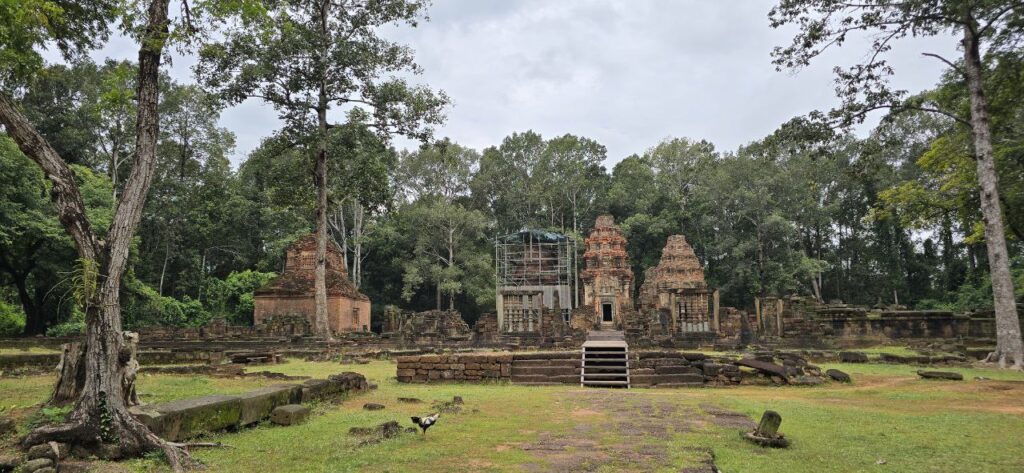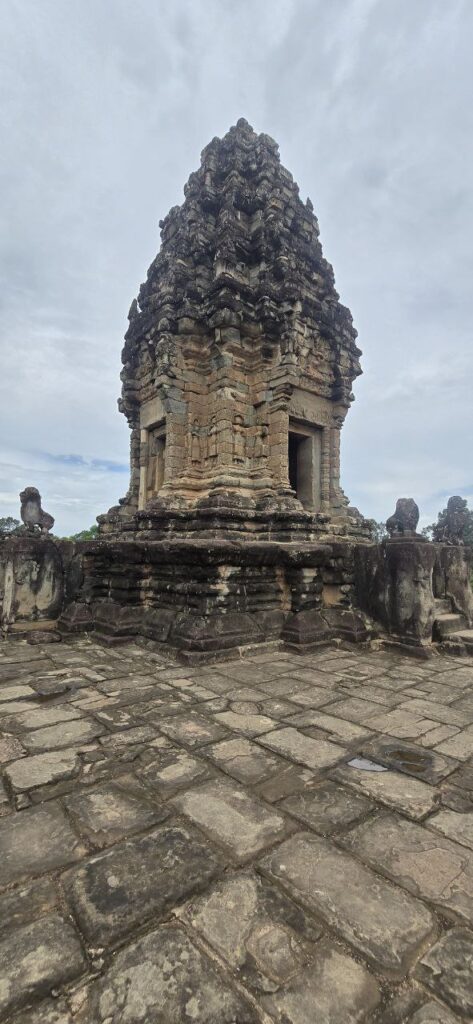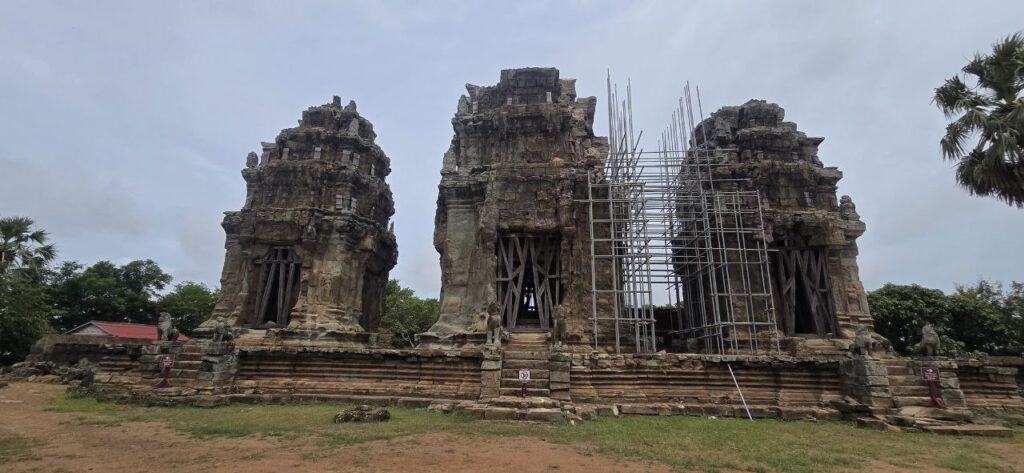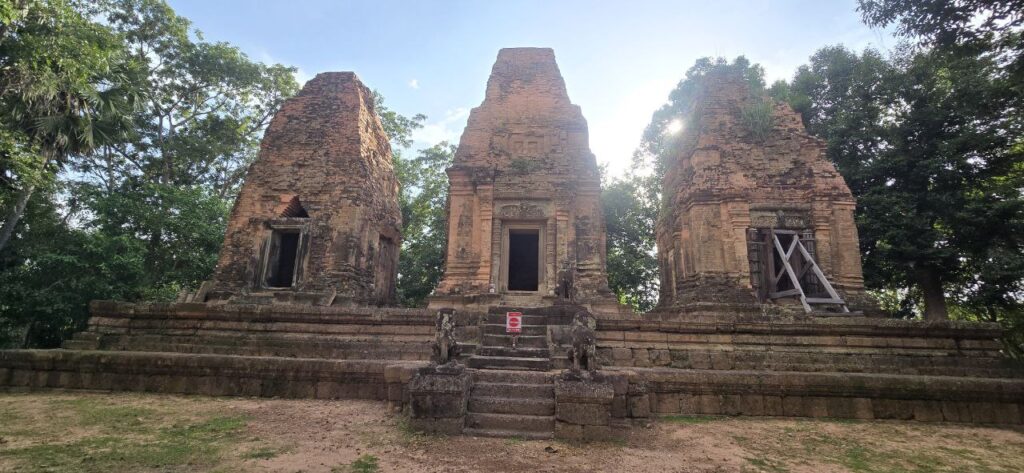

Step into the mystical world of Angkor Thom with our latest collection inspired by the legendary Terrace of the Leper King. This ancient site, shrouded in myth and history, is adorned with intricate carvings and hidden passageways, reflecting the grandeur of Khmer artistry.
TThe Mysterious Statue
The Terrace of the Leper King is a platform adorned with intricate carvings of gods, demons, and celestial beings. At its center sits a naked, lifelike statue—its body covered in lichen, giving it a leprous appearance. The figure’s missing toes and fingers only add to its unsettling aura.
Historians believe the statue may represent Yama, the Hindu god of death, or perhaps a Khmer king who suffered from leprosy. Some even speculate it depicts King Jayavarman VII, one of Angkor’s greatest rulers, who might have had the disease.
The Legend of the Leper King
Local folklore tells a darker tale. According to legend, a Cambodian king was cursed with leprosy after killing a holy man. As his body decayed, his people grew fearful, and he was exiled to live in isolation. Some say his spirit still lingers near the terrace, whispering to those who dare to listen.
Others believe that touching the statue brings misfortune—either illness or bad luck. Visitors sometimes report feeling an unnatural chill near the figure, as if an unseen presence watches them.
A Site of Mystery and Power
The Terrace of the Leper King remains one of Angkor’s most haunting landmarks. Whether viewed as a historical relic, a religious symbol, or a ghostly remnant of a cursed king, it continues to fascinate and unsettle those who encounter it.






